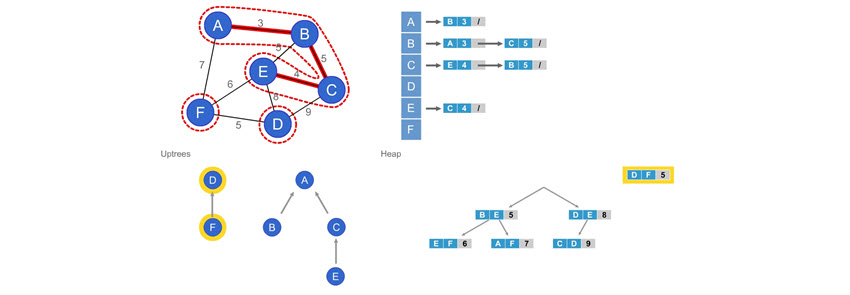
Applying Theory to Practice: CSC 316 Data Structures for Computer Scientists
The goal of this project was to create supplemental animations for the existing still graphics available in the course. Animations help students achieve better understanding by showing them how algorithms, processes and data structures work. The course redesign uses flipped-learning approach to create more in-class time for problem solving.
Instructional Challenges
- Critical path computer science courses often take place in large numbers and settings where it’s hard to interact and engage with students.
- Students had trouble grasping and connecting key concepts.
- Students needed a more comprehensive introduction to a flipped course.
- Computer science professors wanted to help students understand the importance of computing in engineering and the usefulness of computing in the real world.
Highlights/Solutions
- Redesign course projects to:
- Improve student critical thinking in selecting appropriate data structures and algorithms for software development.
- Incorporate data structure and algorithm theory into the software development lifecycle.
- Make a large critical path course feel like a smaller, more personal course.
- Add animation overlays to STEMbrite videos and incorporate animation in LightBoard lecture videos, giving students new ways to understand difficult and abstract concepts.
- Add a Moodle peer review course to enhance cohesiveness and communication between students and instructors.
- Provide students with a TH!NK Journal to facilitate planning strategies before beginning programming exercises.
- Introduce a gamified “Learning Fitness” intervention to help students succeed in a flipped classroom setting.
- Foster self-regulation skills like goal setting, time management, learning strategies, etc.
- Create an orientation that outlines class expectations and provides learning tips.
- Gather video interviews with professors, alumni and industry members to highlight the importance of computing in day-to-day life.
Evaluation Findings
- Overall, students in the redesigned course had positive reflections on their project-based learning and the overall project redesign.
- Students evidenced neutral to positive perceptions of project information and organization of materials. Further, they agreed the projects were academically challenging and required them to think critically.
- Students also held positive perceptions of skills related to the course-embedded learning outcomes.
- Data indicated positive student learning habits and engagement, suggesting that students were able to remain engaged with course topics and projects for the duration of the semester.
Related Links:
DELTA Grant Orientation Presentation: CSC 316
Fall 2017 Survey Results – Highlights
CSC Critical Path Course Redesign Series – DELTA News Article
For more information about DELTA services, please contact LearnTech.